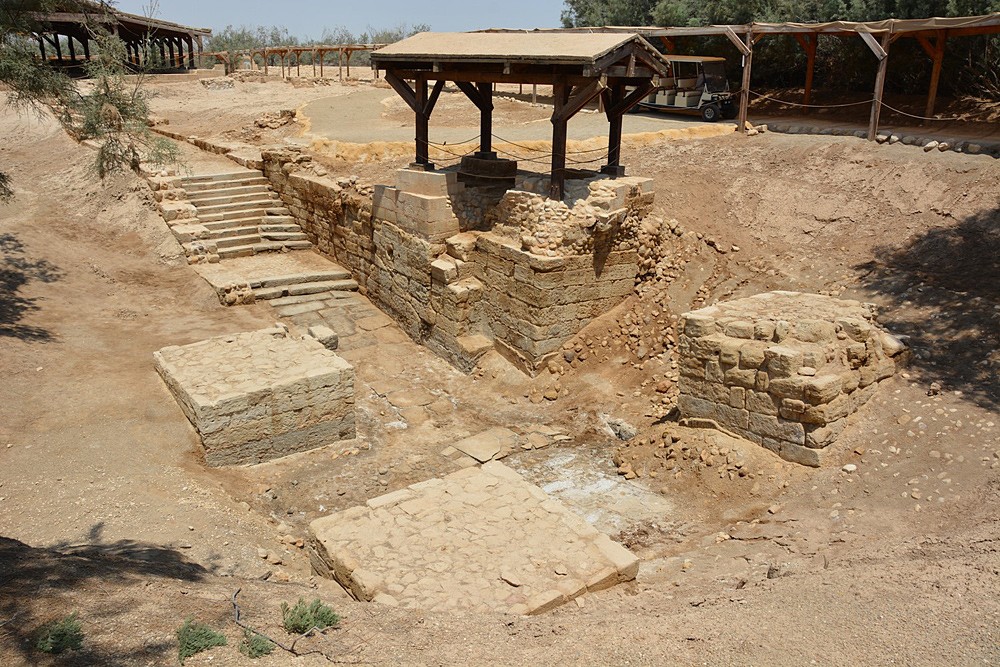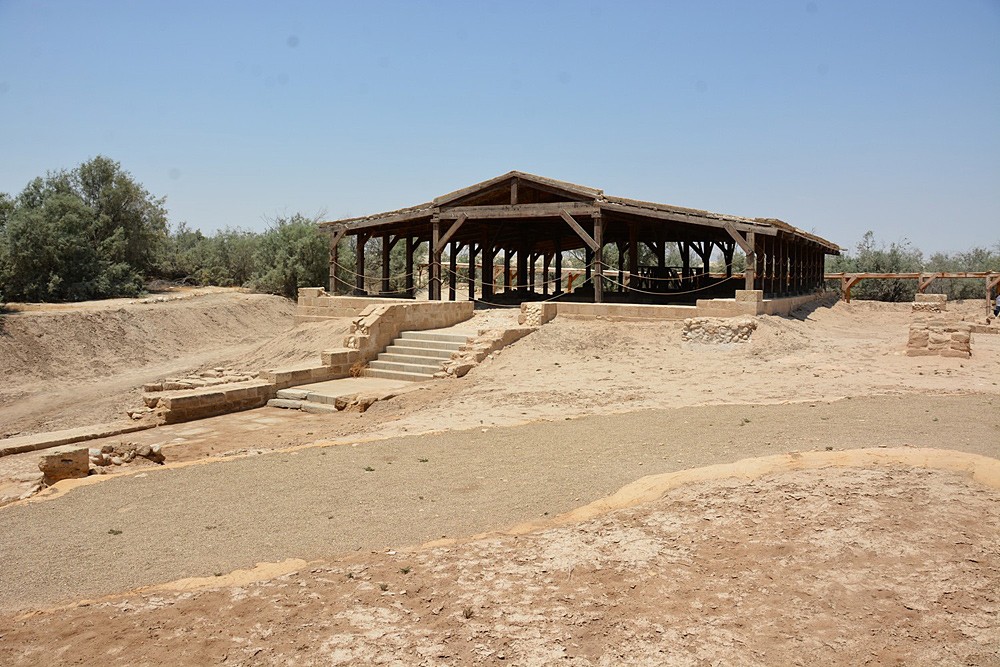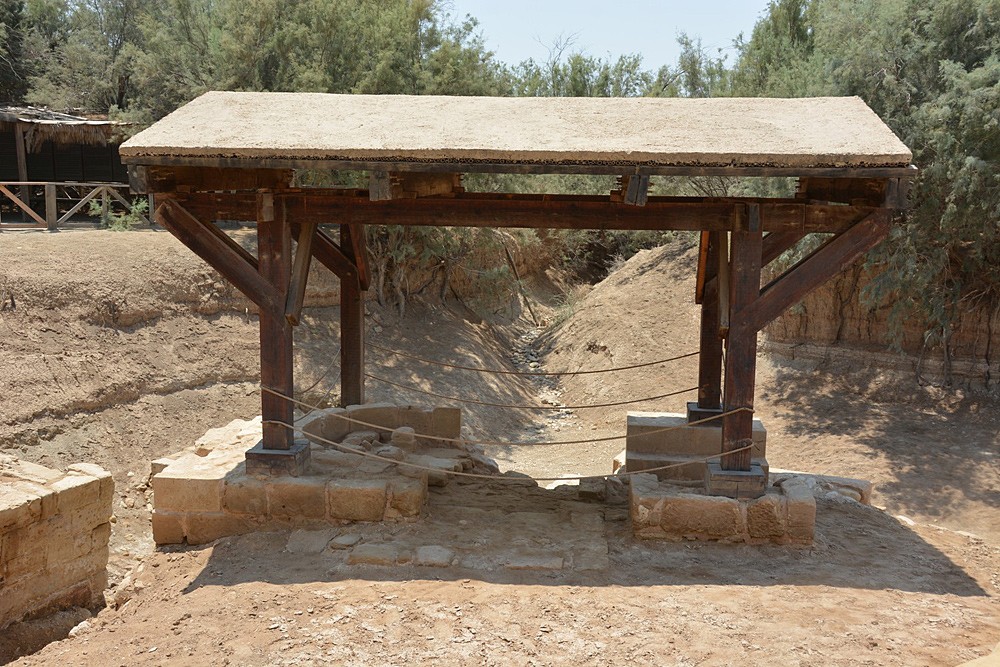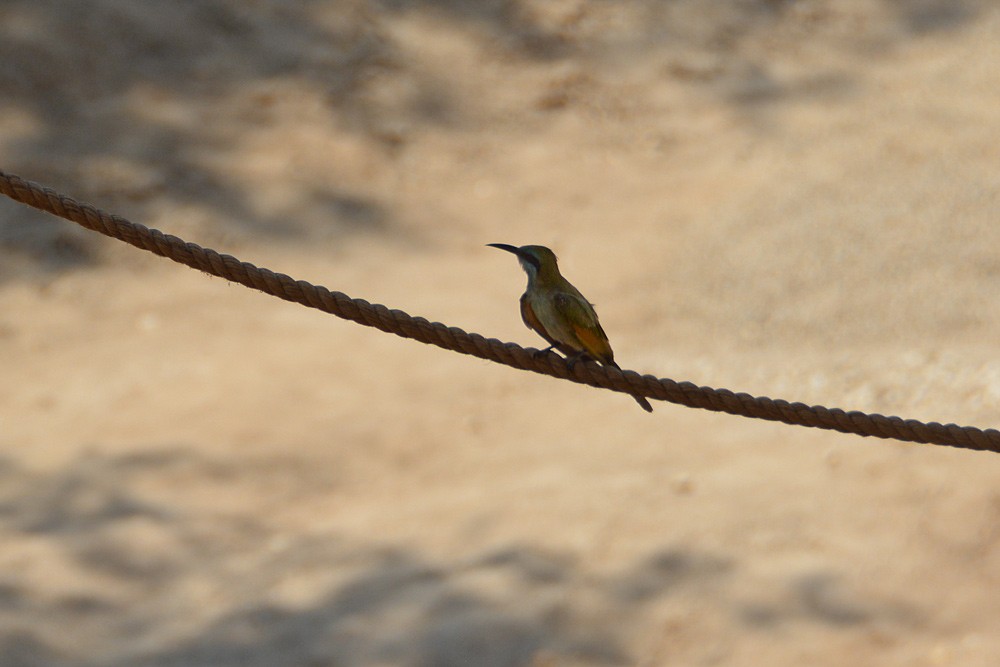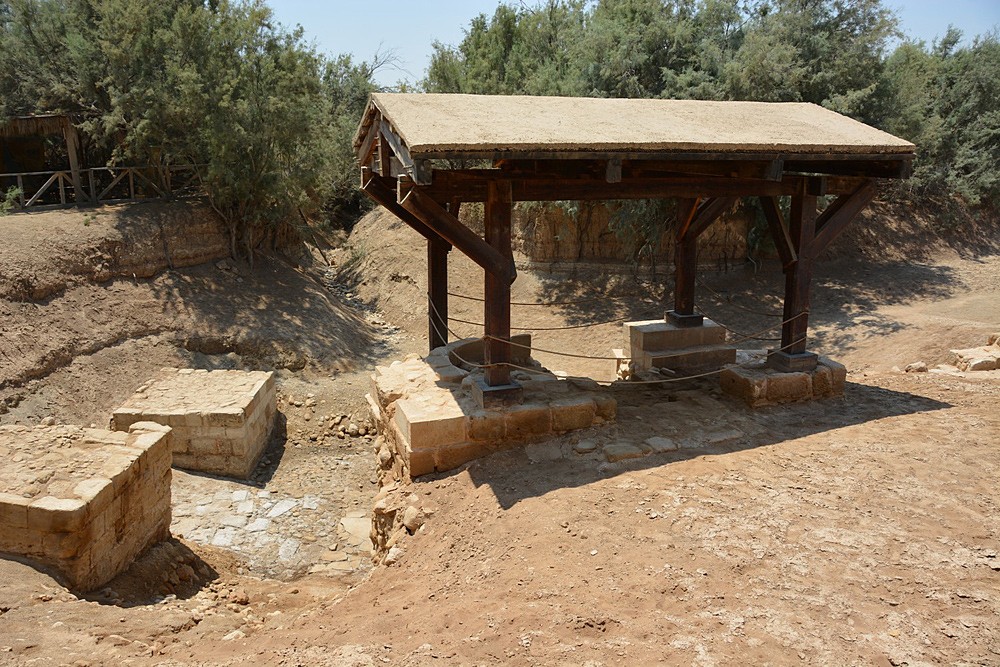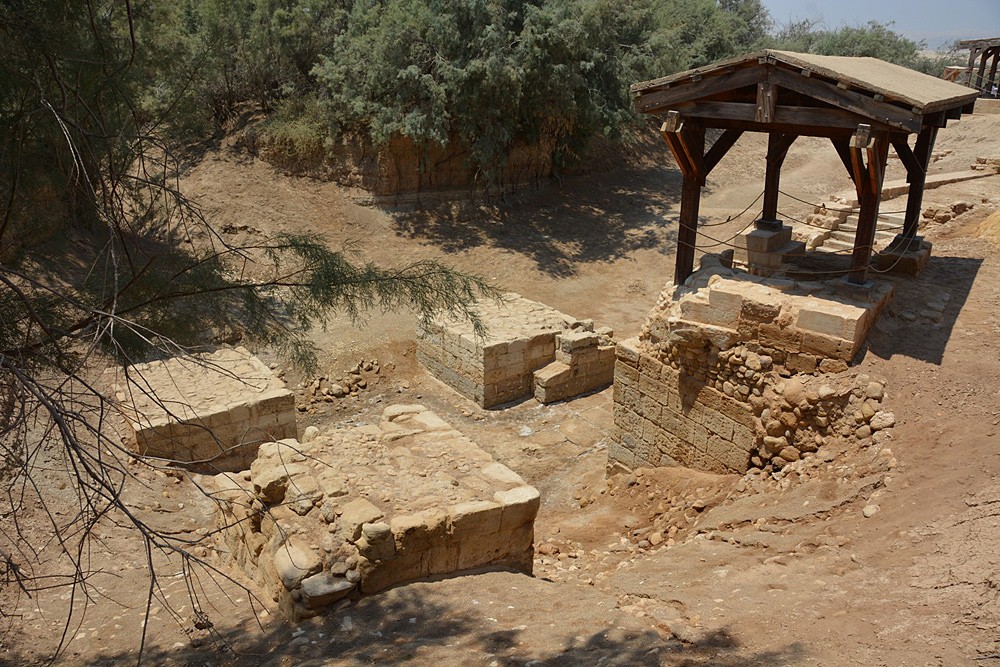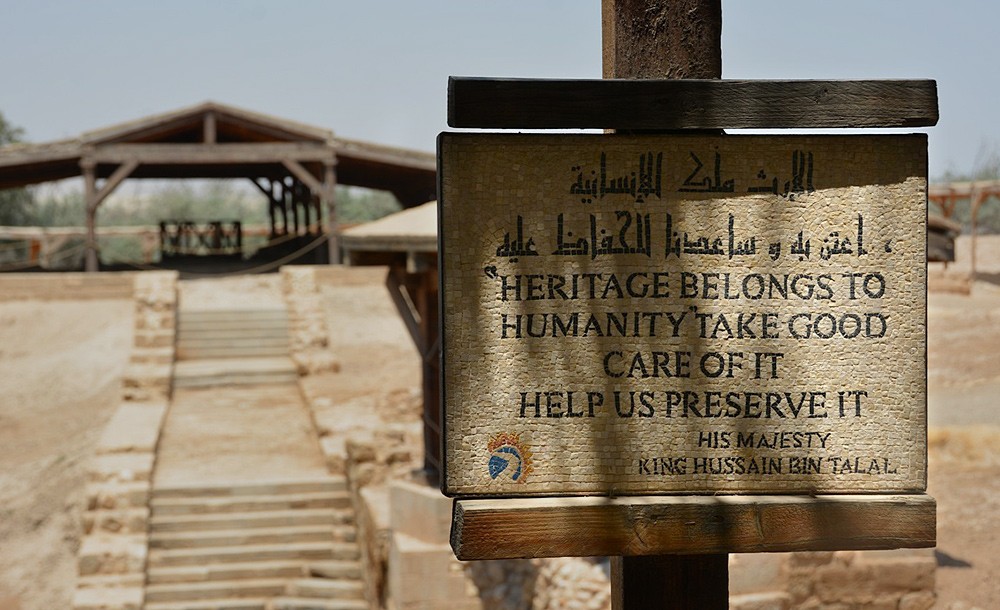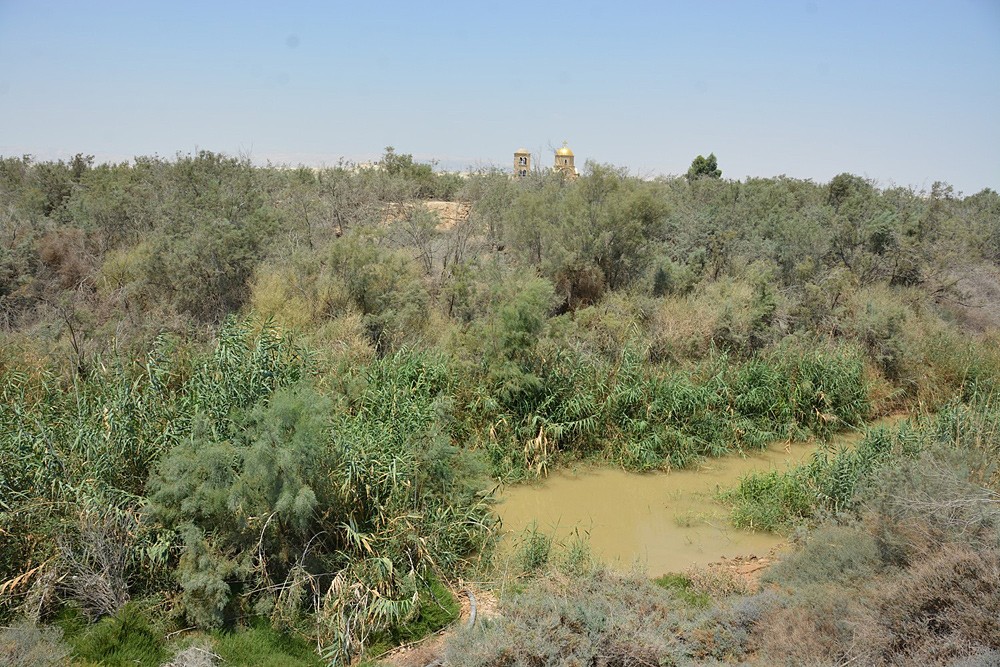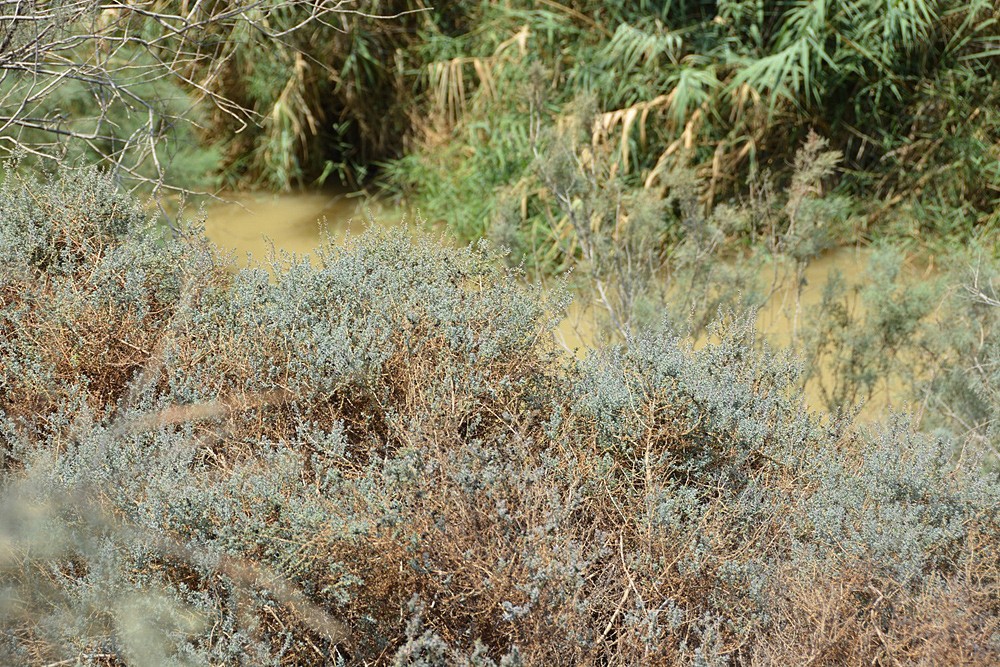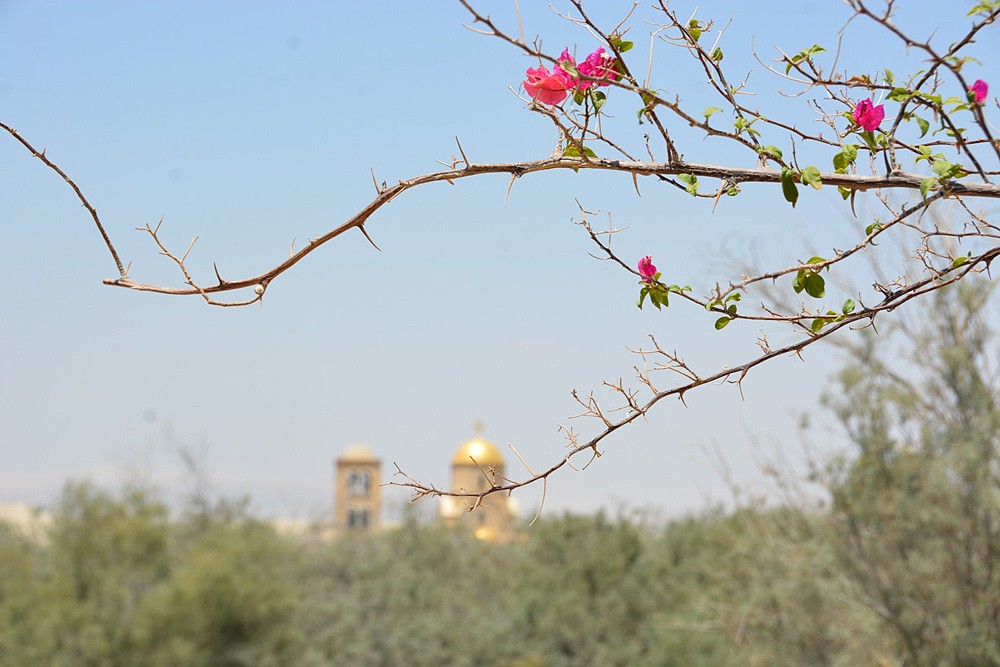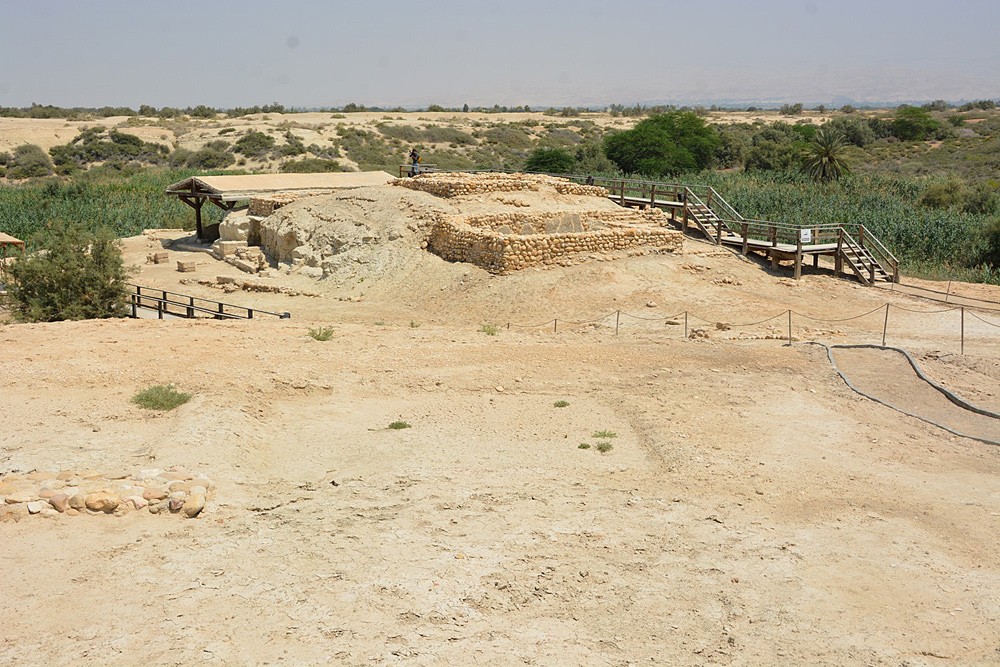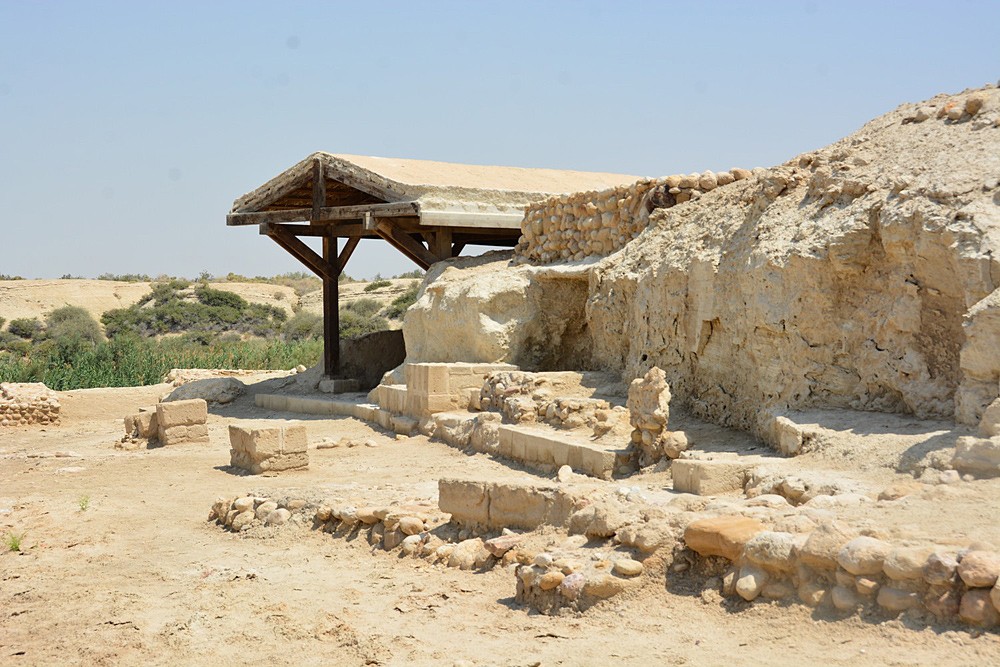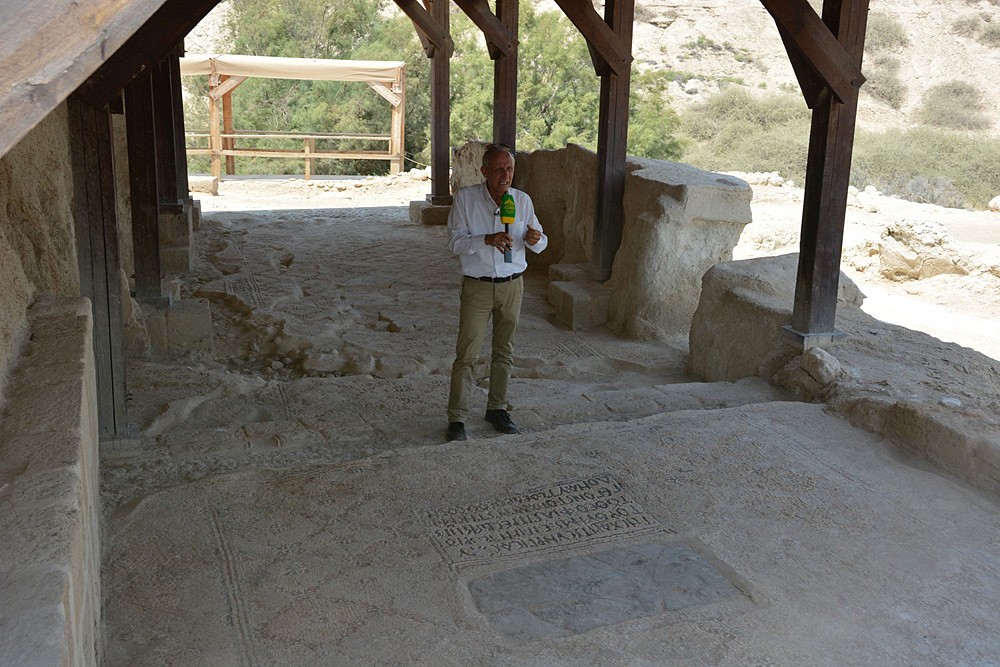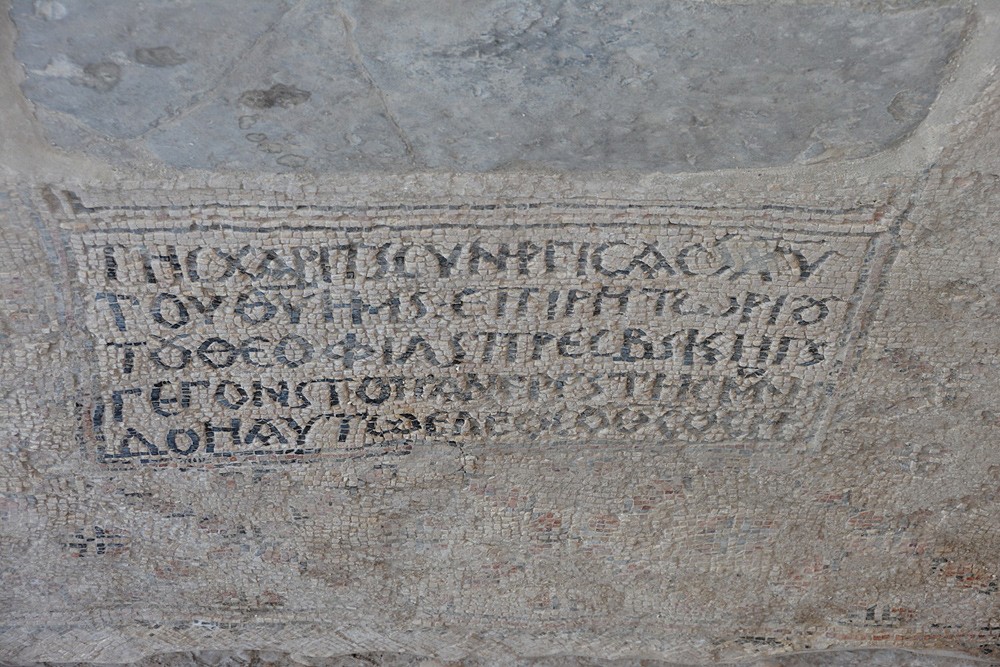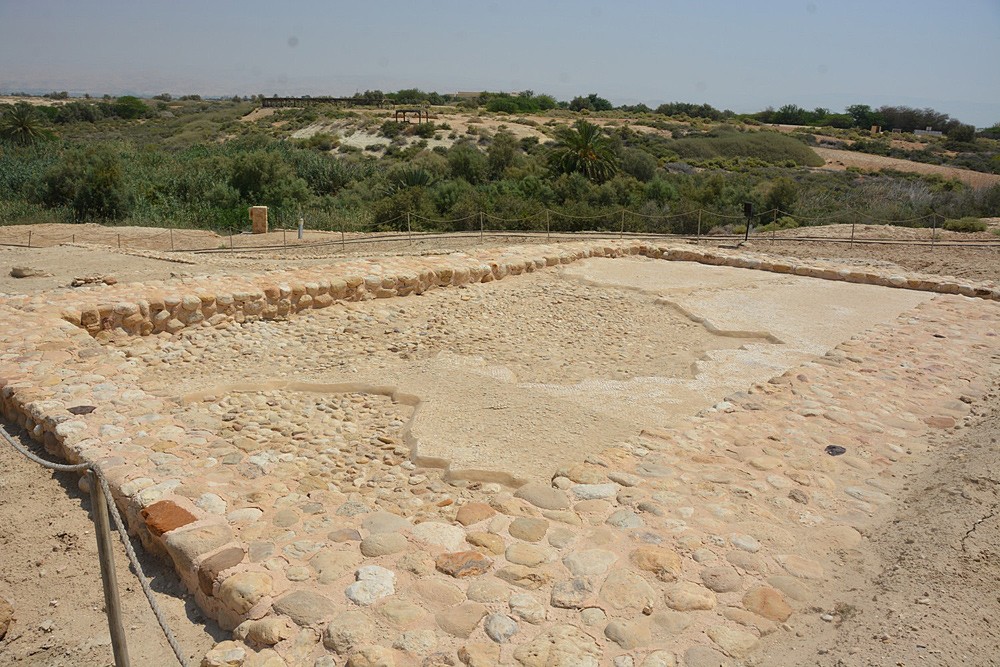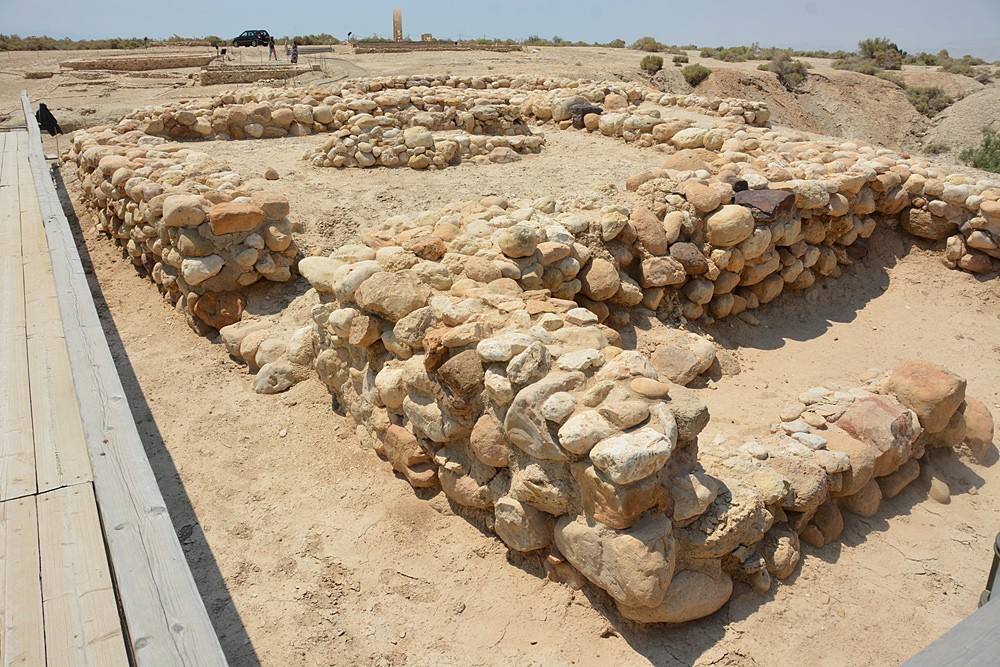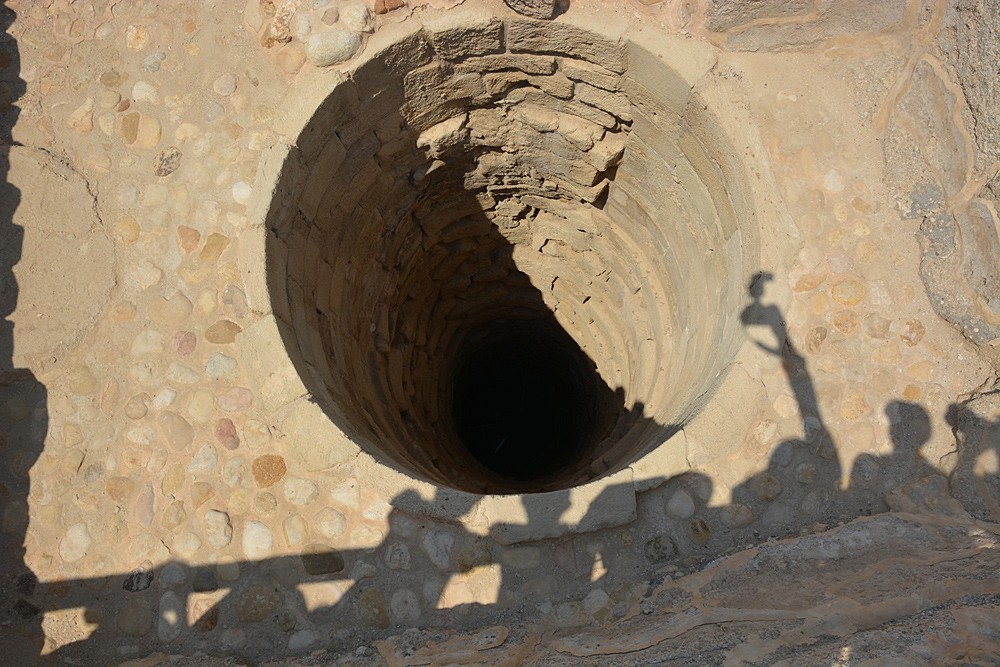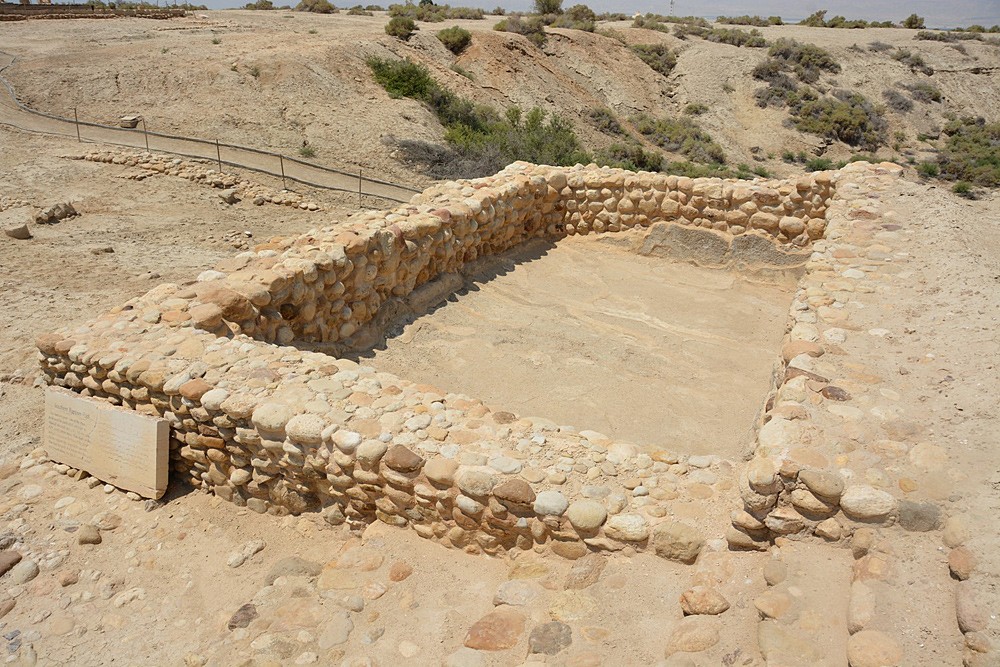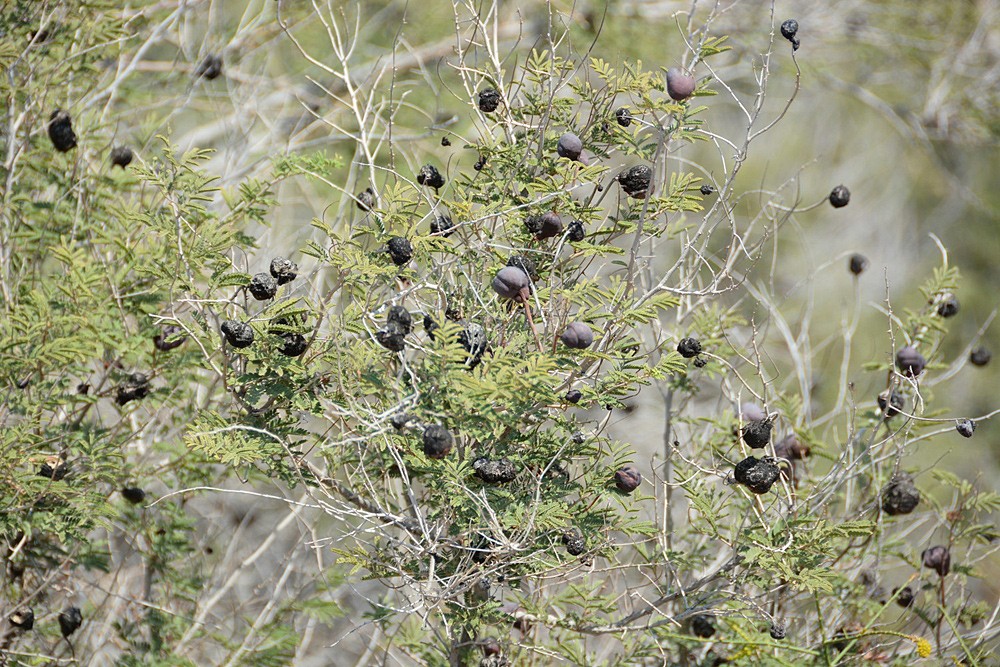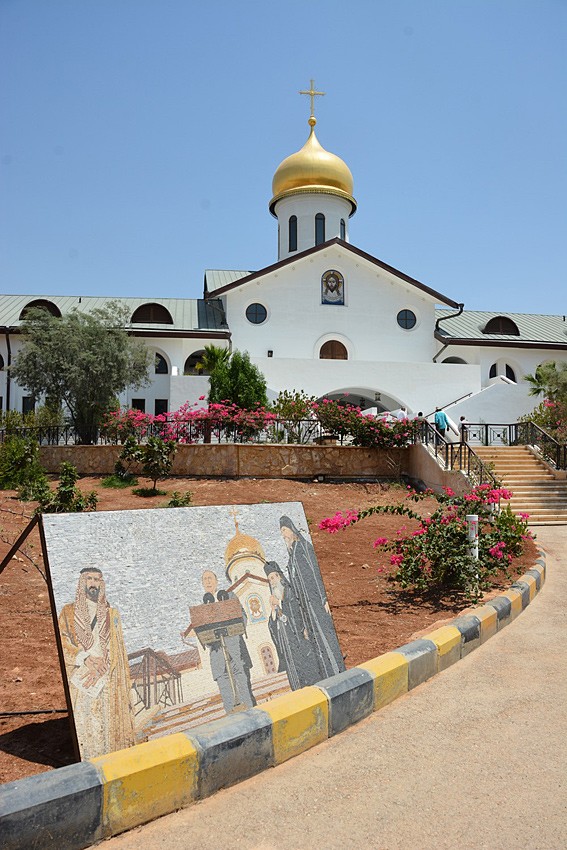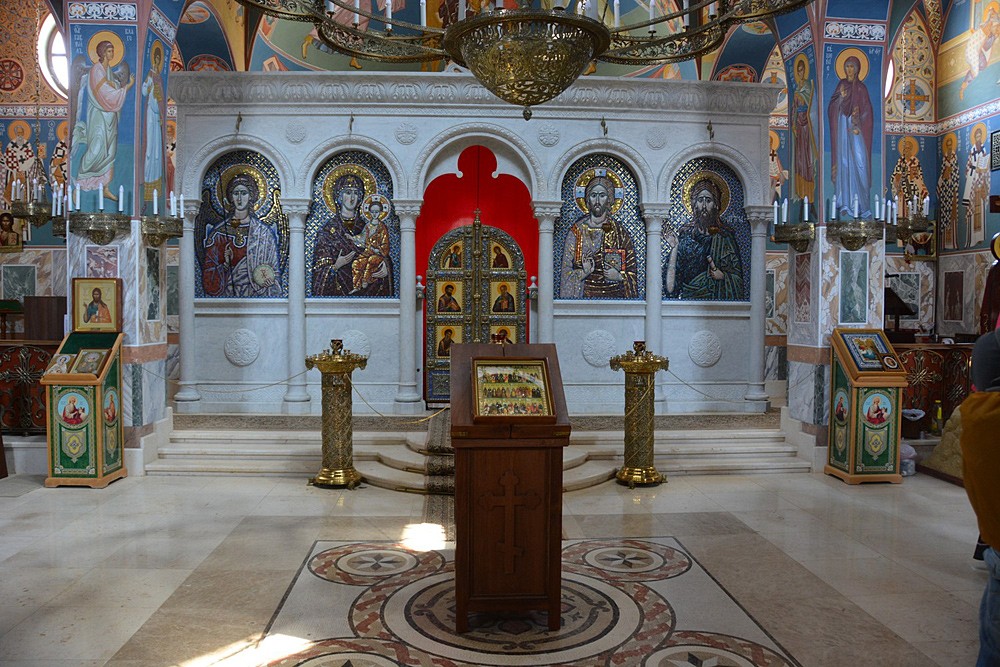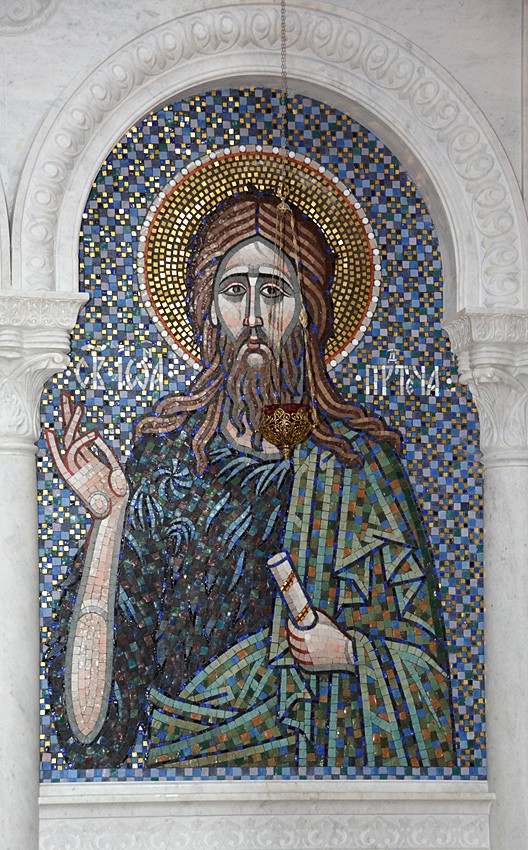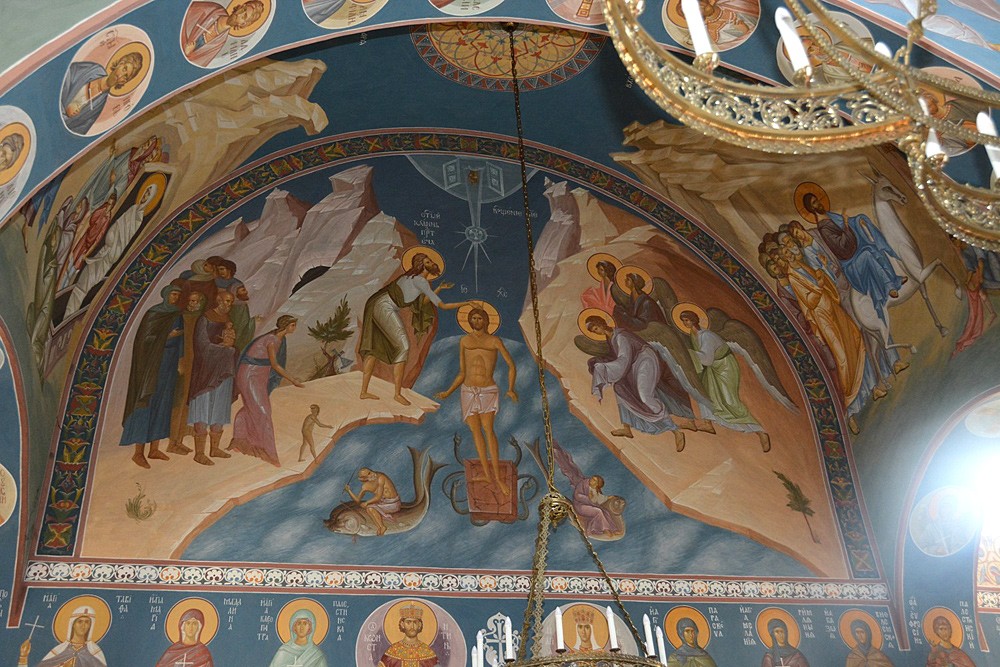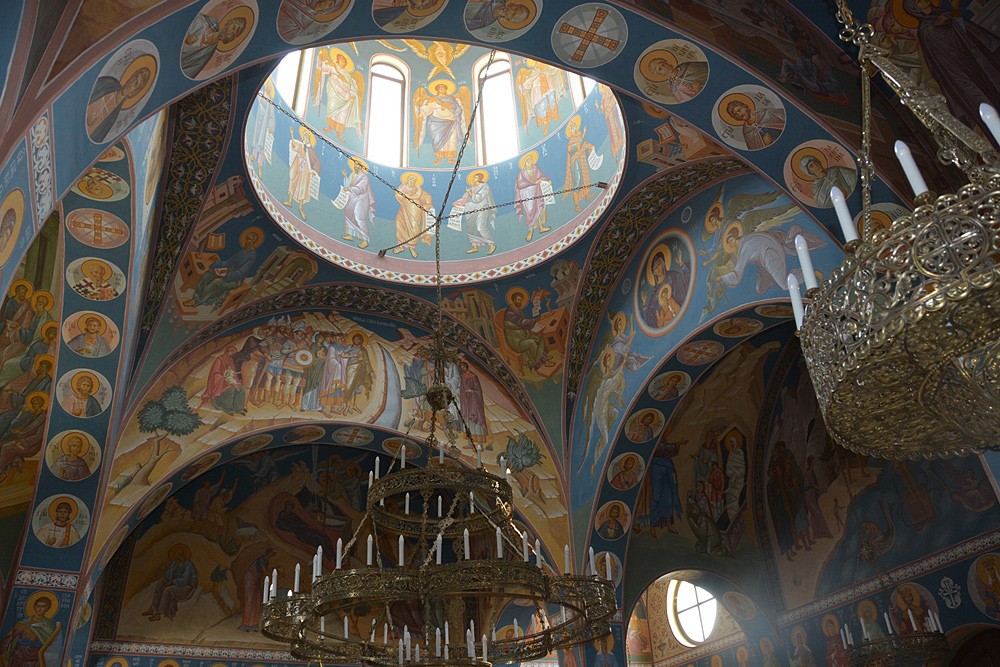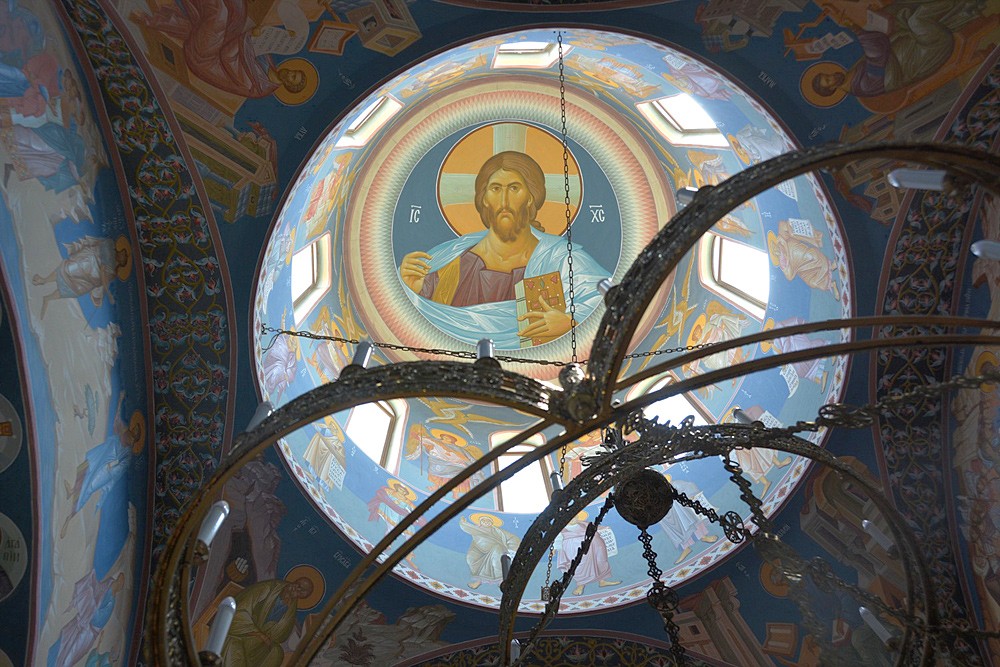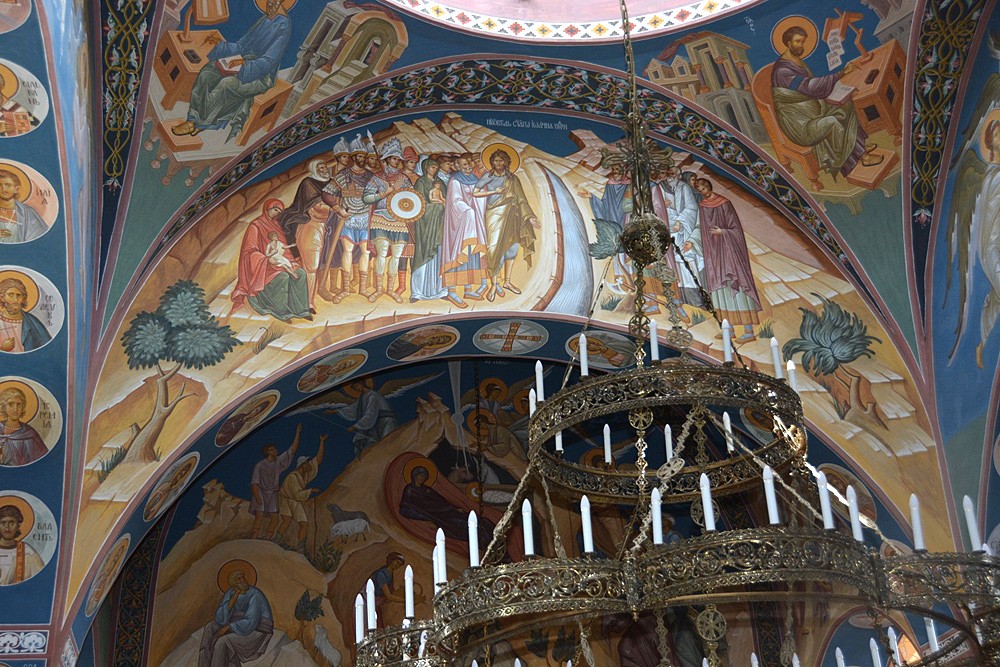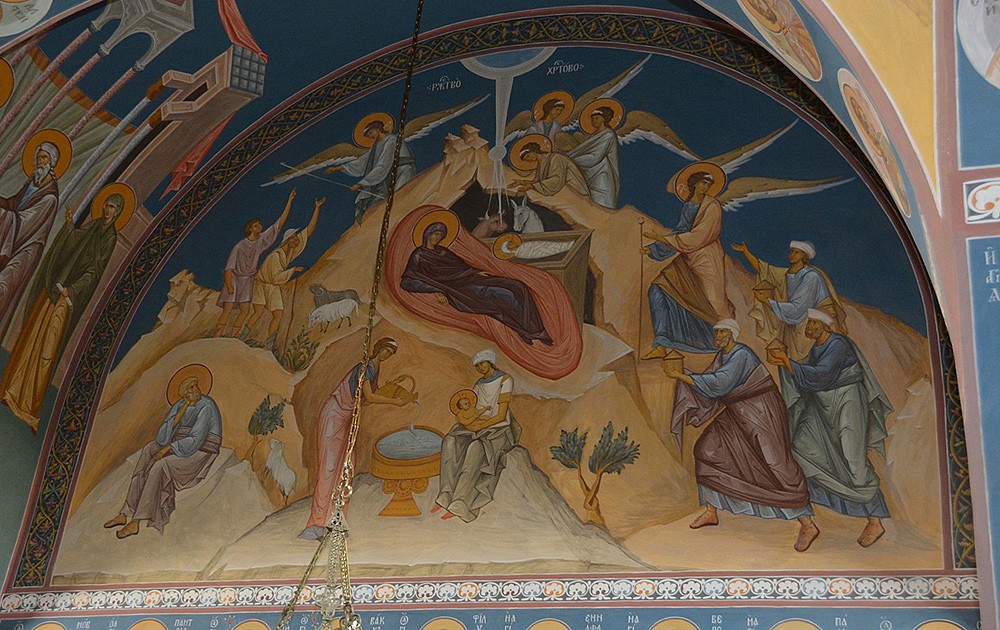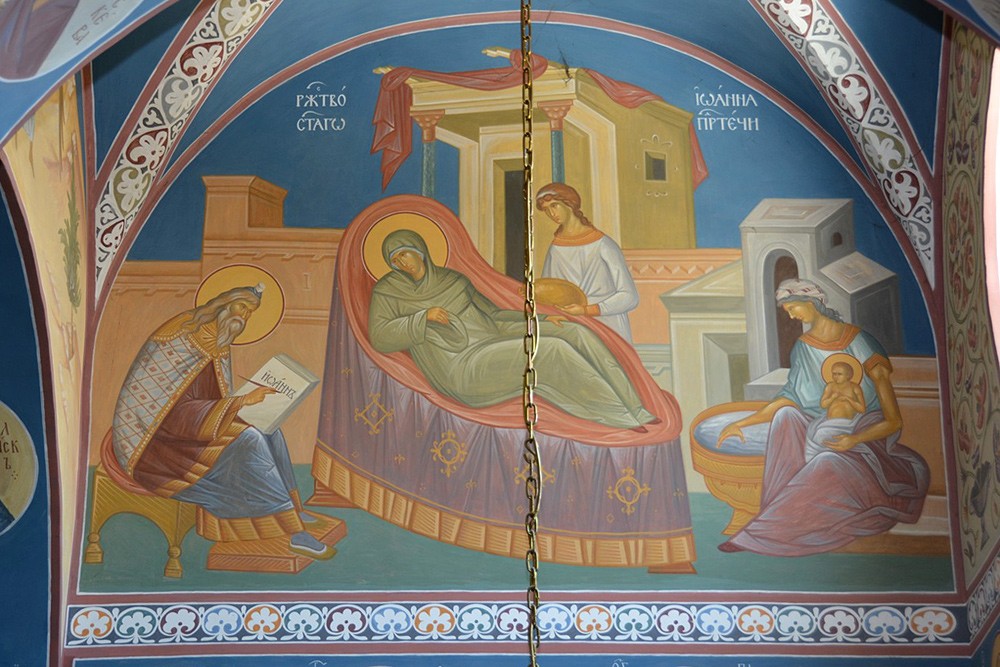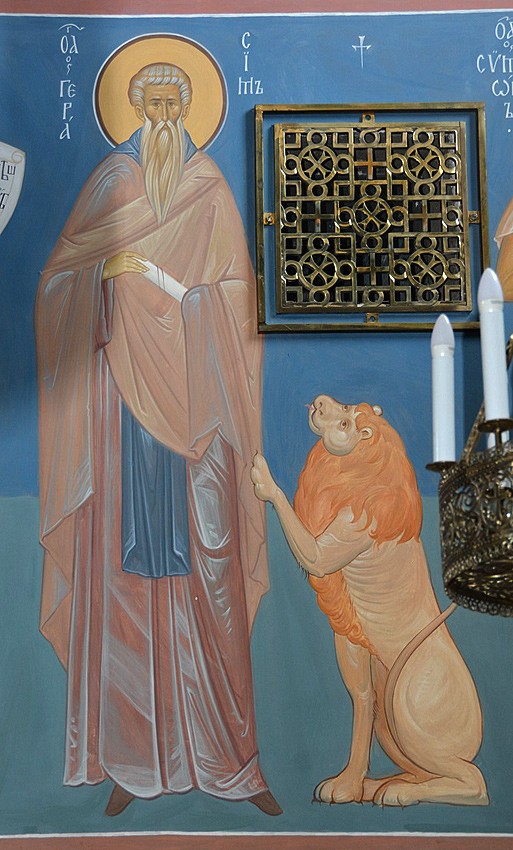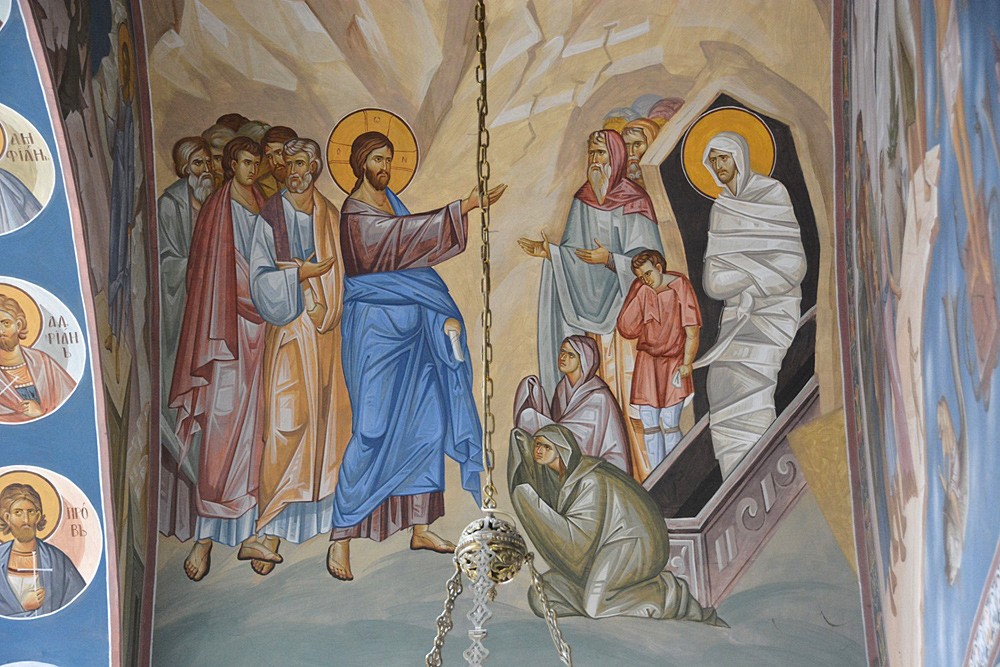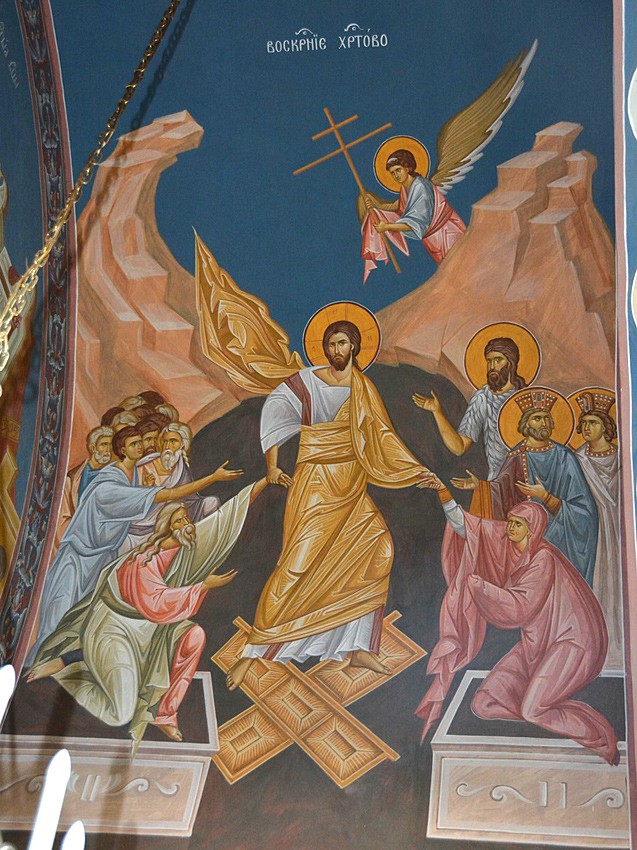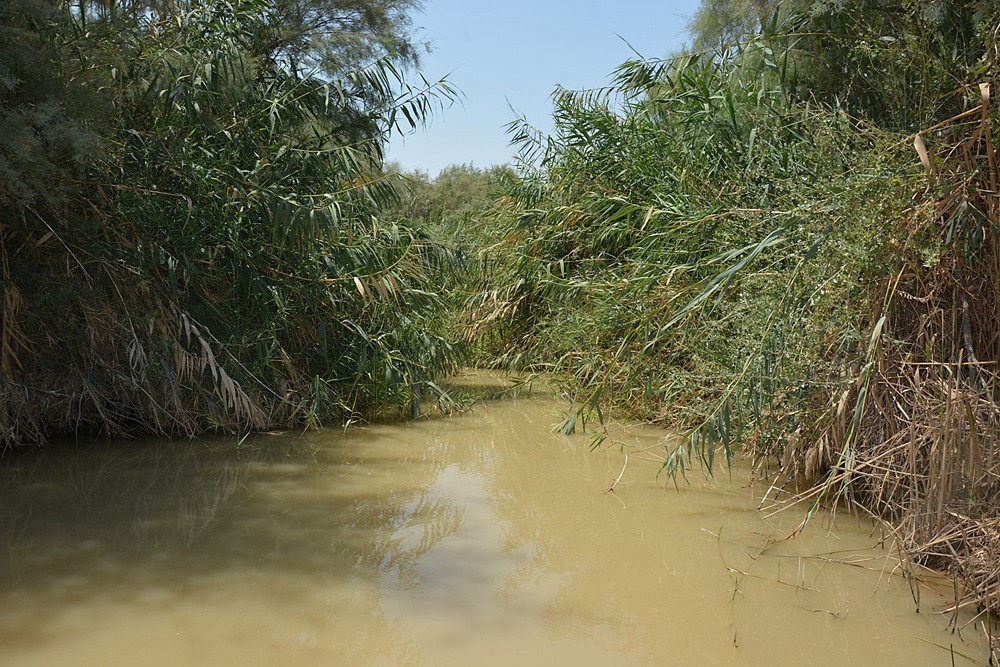Al-Maghtas. The Place Where the Lord Was Baptized
A Photo Gallery
Al-Maghtas
But it turned out to be possible to find the place which was honored as the Baptism site of Christ in the early Byzantine era. Thus, according to the account of Theodosius, a pilgrim from the West who wrote in about the year 530: “Five miles north of the Dead Sea, in the place where the Lord was baptized, there is a single pillar, and on the pillar an iron cross has been fastened, there too is the Church of St. John the Baptist, which the Emperor Anastasius [Anastasius I, the ruler of the Eastern Roman Empire between 491 and 518] built: this church is very lofty, being built above large chambers, on account of the Jordan River, when it overflows.” (The citation source: http://www.baptismsite.com/the-place-where-jesus-was-baptized/)
This and a number of other historical testimonies mention a little spot on the territory of what is now the Kingdom of Jordan called Al-Maghtas (المغطس in Arabic, meaning “immersion”), with a stream called Wadi al-Harrar running nearby. In the 1990s, an international team of archeologists carried out excavations there. The location was suggested by the famous and unique sixth-century mosaic map from St. George’s Church in Madaba (Jordan), which shows over 150 holy sites of the Holy Land, including “Bethabara, the site where John baptized” (Βεθαβαρα το του αγιου Ιωαννου του βαπτισματος). During the excavations the ruins of a Byzantine church along with the base of a column in the form of a square marble slab measuring two square meters were discovered. Five churches occupied this spot successively in the period spanning the fifth to the early twelfth centuries. As a result, in 2015 Al-Maghtas was added by UNESCO to the World Heritage list as a site associated with the Baptism of Jesus Christ.
Until recently the stream was filled with water. Alas, by the time of our visit in August 2018 it had dried up.
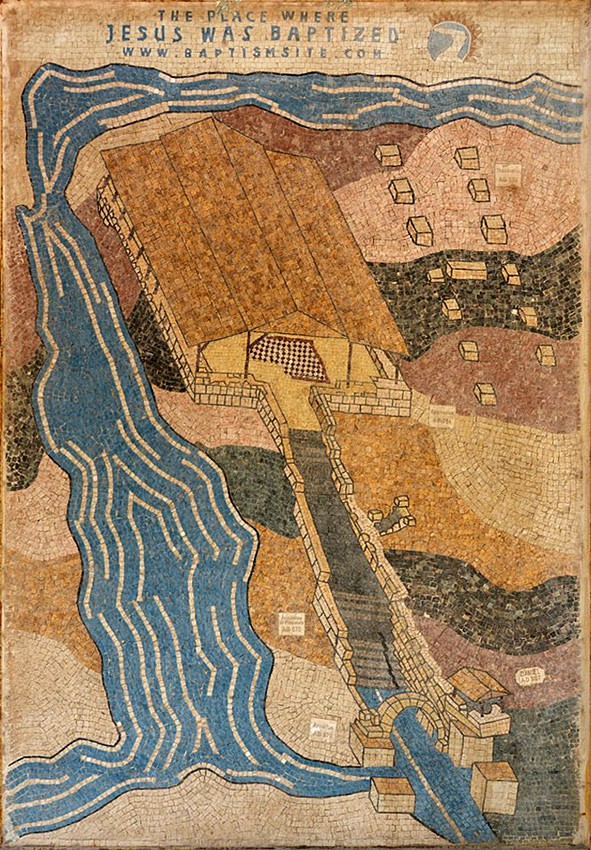
The Byzantine complex’s reconstruction on the site of the Baptism of Christ. A modern mosaic.
Photo: Anton Pospelov / Pravoslavie.ru
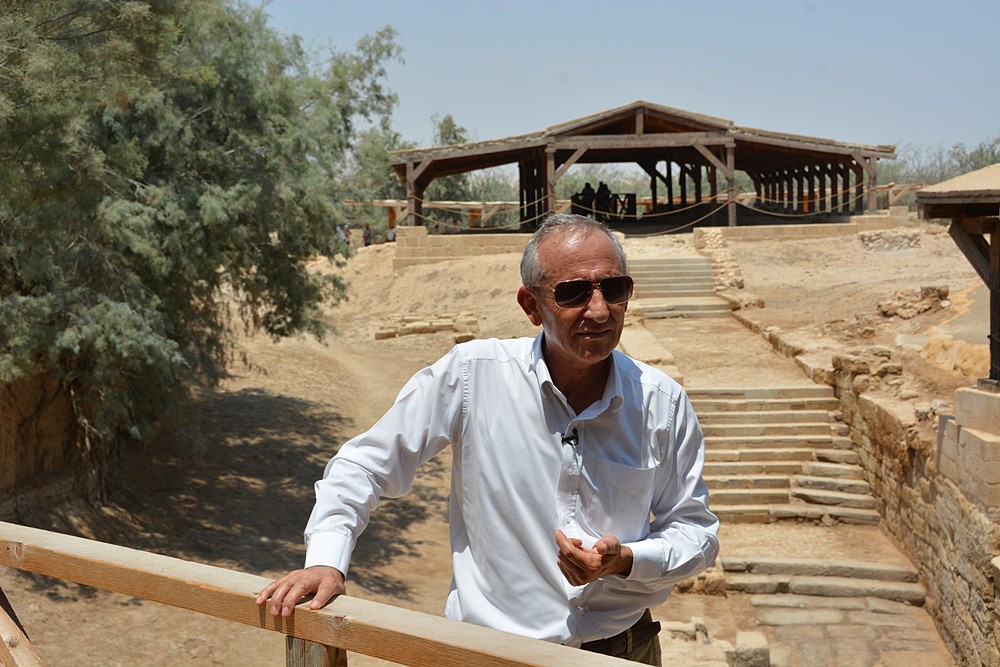
Director of the “Bethabara beyond the Jordan” Historical and Tourist Complex Rustem Mchzhian.
Photo: Anton Pospelov / Pravoslavie.ru
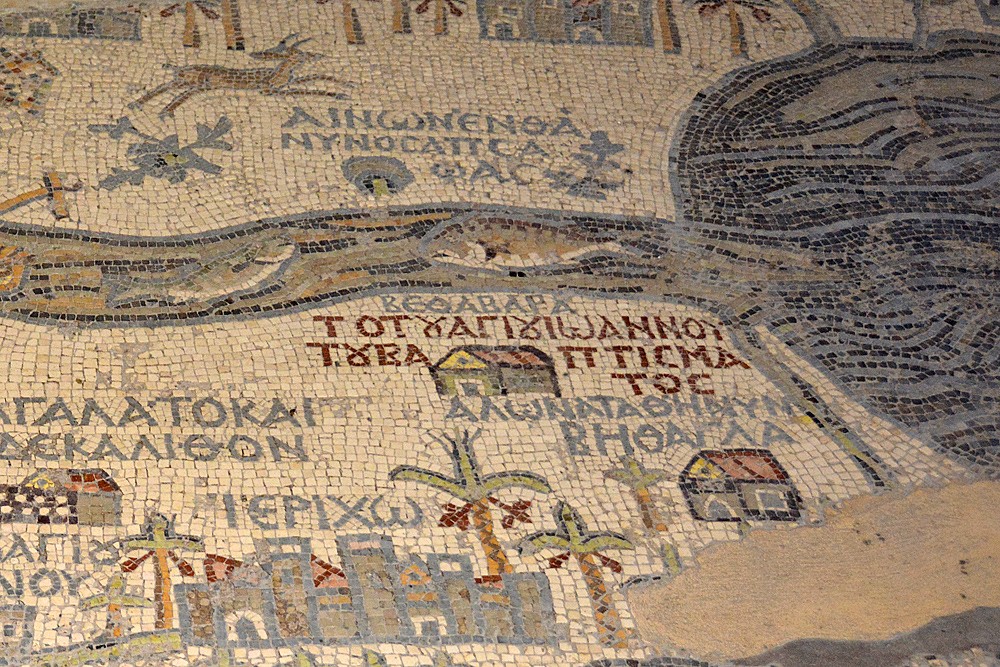
A fragment of the mosaic map from Madaba indicating the area where St. John baptized.
Photo: Anton Pospelov / Pravoslavie.ru
Monastery of Rotorius and other archeological finds on Prophet Elijah’s Hill.
There is Prophet Elijah’s Hill (Tel Mar Elias) in the very center of Bethabara beyond the Jordan. As a result of archeological excavations three plastered basins for ablutions and/or baptizing pilgrims were found, complete with systems of water-supply pipes and canals and related structures of the antique world. Ancient authors and pilgrims referred to the spring that gushes out from the very hill as to “St. John the Baptist’s well” and “the Prophet Elijah’s well”.
Later Byzantine-era structures include the remains of a large walled Byzantine monastery (the fifth or sixth century). There were at least three churches and some other buildings with tile floors, basins, catch-water cisterns, and monastic cells on the territory of the monastery. It is commonly called “the Monastery of Rotorius” as it is Rotorius who is mentioned as the head of the community on one mosaic that bears an Ancient Greek inscription.
The Russian Ecclesiastical Mission’s hotel (pilgrim residence)
We take this opportunity to express our sincere thanks to the Jordan Tourism Board as thanks to its help we were able to visit numerous Christian holy sites and major tourist attractions of Jordan.
Translated by Dmitry Lapa
22 января 2019 г.





